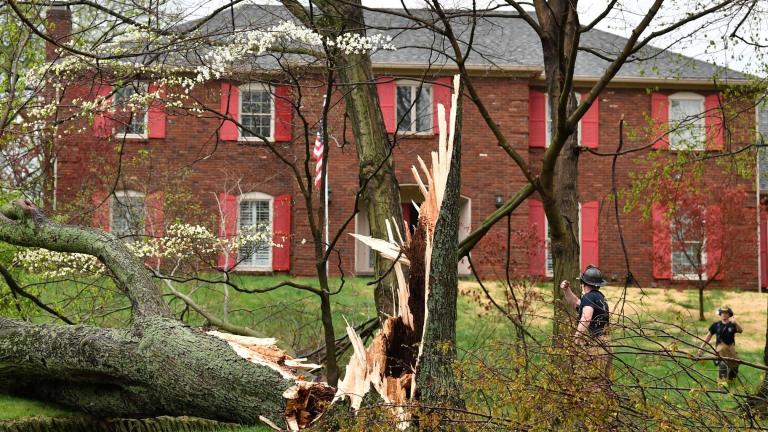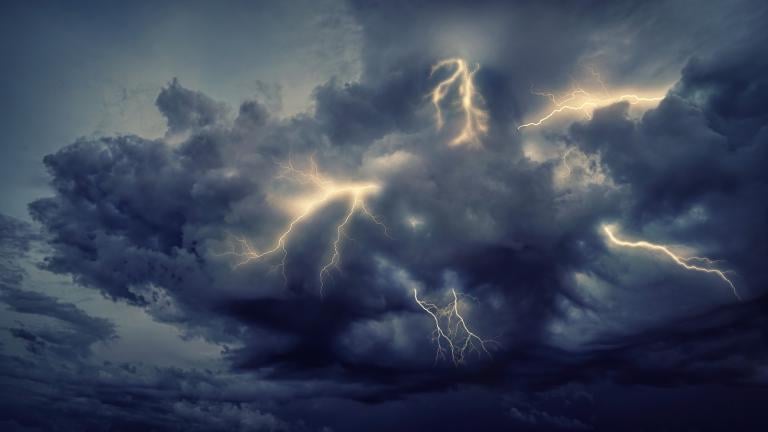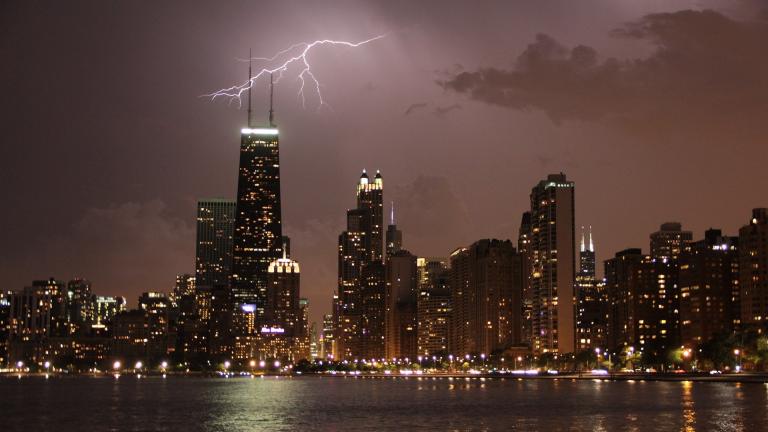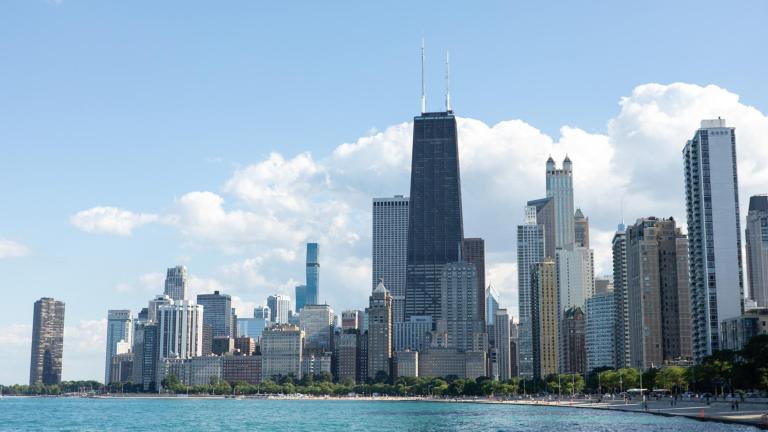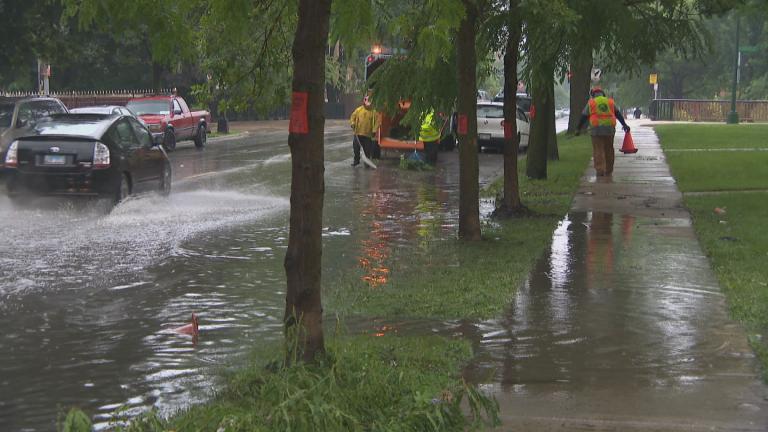While parts of the Chicago area saw as much as 7 inches of rainfall on Sunday, much of the state remains in the grip of the worst drought in more than 10 years.
June is expected to go down as one of the 10 driest months in the state’s history.
Farmers are already seeing an impact on their crops and consumers are likely to see an impact soon.
Mark Tuttle, a longtime farmer from Somonauk in DeKalb County, is also the District 1 director for the Illinois Farm Bureau. District 1 includes DeKalb, Kane, Lake and McHenry counties.
Tuttle says that the drought has already taken a toll on some crops in terms of their potential yield.
“Up until this last weekend, (the drought) was really bad,” said Tuttle. “A lot of places have caught rain in the last seven to 10 days. The damage was done early though. The corn crop was damaged in June. Most of our corn in the state of Illinois was planted early to mid-April into about the first week of May. So we went a long time after that with no rain. In fact, a lot of places went two months without rain. So the damage was done.”
According to Illinois State Climatologist Trent Ford, even though conditions have improved with the recent rains, some areas of the state are still down as much as 10 inches of rain since the beginning of April when compared with a normal year.
“It looks like for most of the state this drought wasn’t timed well, but it probably could have been worse if the rains really didn’t come,” said Ford. “The crops don’t need that much rain. What they do need is more consistent rain. And so the rain we got this week has been great. What we really need is more consistency over the next three to four weeks especially because that will take us through critical reproductive stages of corn and soybeans.”
(Credit: U.S. Drought Monitor)
Ford says that having some areas of the state experiencing drought is not unusual. What is unusual about this drought is how widespread it is.
“When we think of the statewide coverage of moderate, severe and extreme drought right now, we really have to go back to 2012 to see something that was this intense and this widespread,” said Ford. “And when we get beyond Illinois we have a larger Midwest drought and we really, again, have to go back to 2012 to see that.”
Farmers markets will be an early indicator of just how much Illinois’ crops have been impacted and delayed by the drought, says Tuttle.
“When the sweet corn comes to the farm stands, that will be an indication of, of what the corn crop will be,” said Tuttle. “And right now, the sweet corn is not very good. And nobody’s even got sweet corn for sale yet, which is way behind. I think the farmers markets are going to be a good judge of how the crops have been started — and I think they’ve been stressed. I don’t see roadside stands starting up yet.”
And the impact of this year’s drought could be felt all the way to Halloween.
“I’ve heard that the pumpkin crop in Illinois is miserable,” said Tuttle. “They didn’t have rain to start it. And we’re the No. 1 pumpkin state.”

